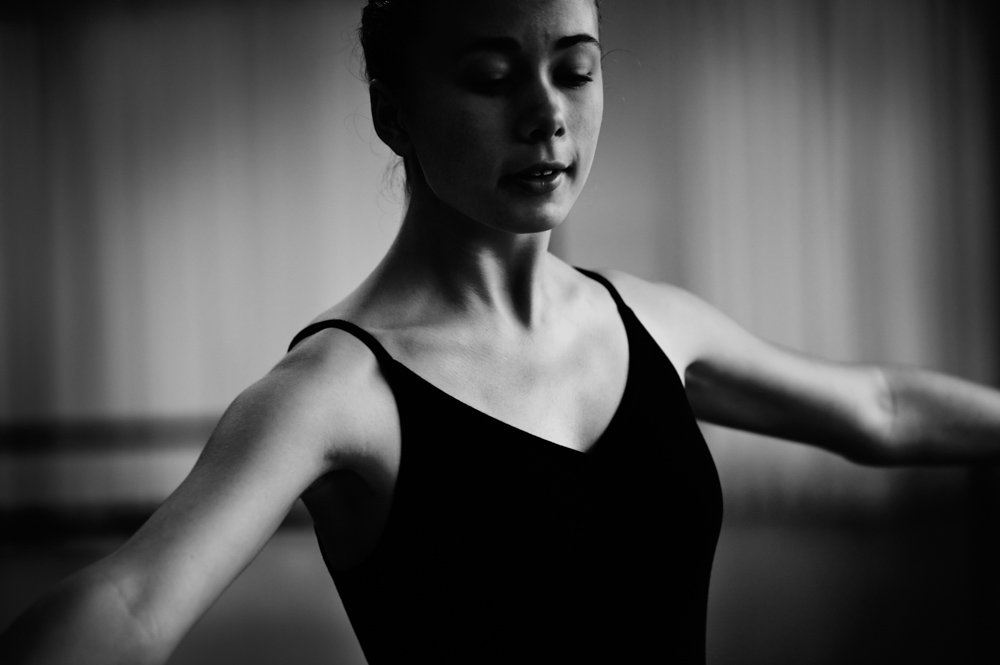
For Better Photos Should You Choose Manual or Auto?
by
Kevin Landwer-Johan

Do you set your camera to manual or auto? This can make a big difference in the style of the photos you take.
Photography means ‘painting with light’. Painting a picture requires having the right amount of paint on the canvas, (among other things.) Taking a good photo requires your camera’s sensor to record the right amount of light, among other things. Let’s take a look at whether to choose manual or auto modes to do this. This is the second article in a series on learning how to use manual mode on your camera.
As I wrote in this previous article, when your camera is set to an Auto mode, the camera’s AI controls the amount of light reaching the sensor. In Manual mode, you must control the settings so the right amount of light reaches the sensor.
If you’re not sure if using manual mode will really make much of a difference compared to using any of the auto modes, keep reading.

How Auto Modes Function
Artificial intelligence, (AI,) runs auto modes on all cameras. They make calculations and set your camera the way they have been programed to.
Some auto modes give you the option to select the shutter speed, aperture and/or ISO yourself. Ultimately, however, the camera’s AI is still in control of making the settings which determine the exposure.
Exposure compensation is a tool on most cameras which will allow you to override the camera’s choice of exposure. It adds another step to the process and usually involves some guesswork.
When your composition is evenly toned and lit, the camera will be able to make a good exposure easily. Most of the time you will not be photographing in such conditions.

Contrast will challenge your camera. The camera will often base its calculations on parts of your composition which are much brighter than your main subject. Underexposure of your subject is the result.
The camera makes its calculations and choices about exposure based on light entering the lens. The camera’s exposure meter reads the light.
Controlling how the exposure meter in your camera reads the light is necessary for obtaining well-exposed photos. This is true for both auto and manual modes.
How Manual Mode Works
Manual mode requires you to set the exposure yourself, adjusting the aperture, shutter speed, and ISO settings. These three settings are often referred to as the ‘exposure triangle.’

You must first use your camera’s exposure meter reading, or the monitor, to determine how you want to make your settings. Then you must use the dials on your camera to adjust the settings of the exposure triangle.
When your exposure meter or monitor indicates not enough light is reaching the camera’s sensor, you need to allow more light to enter the camera. To do this you choose a wider aperture, slower shutter speed and/or higher ISO.
Too much light entering the lens requires adjustments in the opposite direction. You will need to set a narrower aperture, faster shutter speed and/or lower ISO.

If all this sounds confusing at first, don’t give up! It’s really not that difficult once you understand the few essential principals. To learn more please look at my online photography course Master Your Camera – Master Your Creativity. This course will walk you through everything you need to know and get you off to a good start.
Each of these settings is measured in equal increments. So, as you increase one and decrease another by the corresponding amount, your exposure will remain constant.
It does take some study and practice. Like any other creative art form, the level of your success is determined largely by your level of commitment.
Take a look at this video and gain some more insight into how it’s done.
Further Reading
If you’ve enjoyed reading this post you will also enjoy “Look. Think. Click. Don’t Rush Into Taking Those Action Photos” and “Taking a Measured Approach to Learning Photography”
